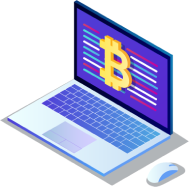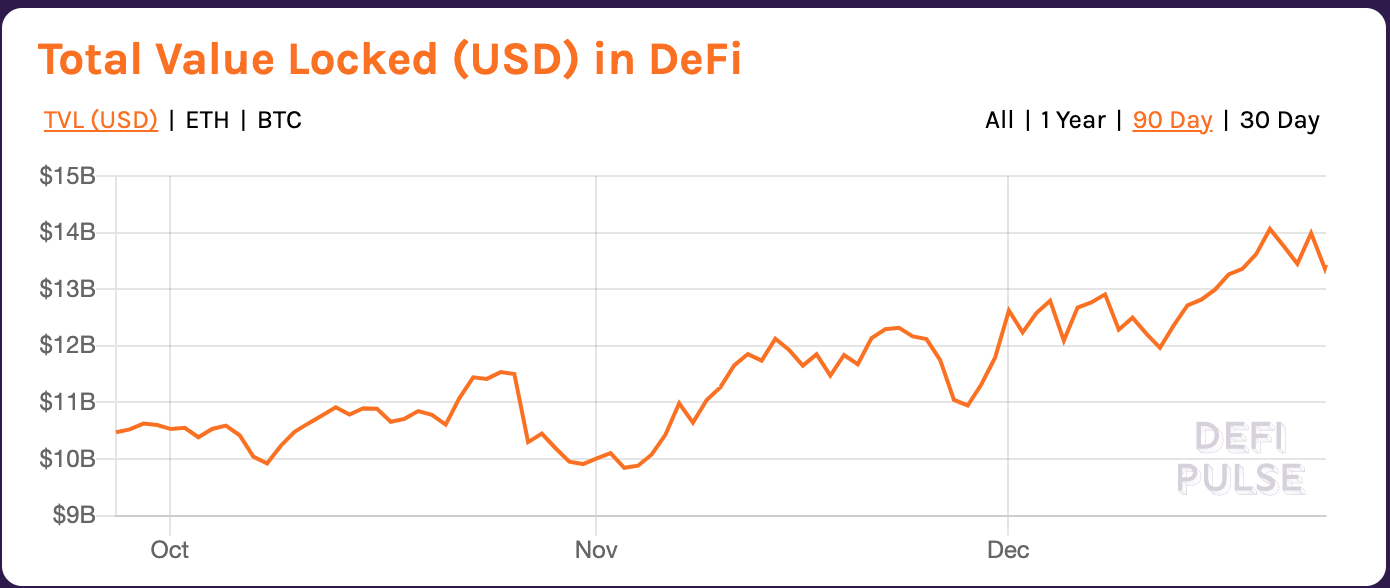Loading...
Loading...
Learn about trading and investing in Cryptocurrencies, Altcoins, Top Crypto Exchanges, Indicators. Learn how to Trade BTC, ETH and other cryptocurrencies.
Join the #1 Crypto Community in the World
Company
Copyright © 2025 WEB THREE LEARNING LTD, All rights reserved.

Master the art of cryptocurrency with our in-depth guides and learn all the basics as well as the advanced lessons of blockchain.


The Decentralized Finance (DeFi) market has been growing throughout this year and it was able to attract a large number of users from all over the world. There are different services and solutions that are now being offered by DeFi protocols that have been deployed on top of the largest crypto networks in the market.
To better understand how these protocols work, there are some indicators we should use to assess DeFi networks and solutions. In this guide, we are going to share which are some of the most useful tools you can use in the decentralized finance market.
Understanding the number of coins moved to and from an exchange is an important thing to take into consideration. Large inflows of a specific token to an exchange could be related to increased selling pressure.
Large outflows of tokens from an exchange could also show long-term investors depositing their funds in cold storage. This could have a positive effect on the price of the asset.
This is a clear example of how we can apply tools from traditional finance to the decentralized finance market. This can be used to understand whether a specific stock is undervalued or overvalued.
In order to find the price-to-sales ratio, we need to take into consideration the market valuation of the protocol and divide it by the revenue-generating by the platform. Although this information is published by companies, the DeFi market might not have so clear reports containing this information.
One of the websites that provide valuable information about the Decentralized Finance market is DeFi Pulse. This page is offering most of the information you need to analyze decentralized finance protocols.
The total value locked (TVL) shows the funds that are currently locked in DeFi protocols and networks. The higher the value, the larger the funds deposited in blockchain networks offering DeFi products and solutions.

This value can also be used to understand outflows and inflows to a DeFi project. If the TVL falls, we could expect a price decrease in these DeFi protocols. If instead, if the TVL grows, we could also expect a price increase. Nevertheless, this rule is not always right and we can experience an increase in TVL without a corresponding price increase in DeFi coins.
Understanding the total supply of a coin and the inflation rate is a very important thing to do. This does not only apply to the DeFi market, but also to other cryptocurrencies around the world. The larger the supply and the inflation rate, the lower the value of this virtual currency.
Bitcoin (BTC) was able to become the most valuable cryptocurrency thanks to its low supply (21 million) and an inflation rate that gets reduced every four years.
Other digital currencies such as XRP with a large supply (100 billion) and an inflation rate that remains high due to Ripple sales, it becomes more difficult to sustain its value. This can also be applied to other tokens in the DeFi space. For example, YFI has a total supply of 30,000 and it became one of the largest digital assets in the world in a very short period of time.
If this is your first semester at CryptoGuide, we recommend starting at the beginning and working your way through this guide.